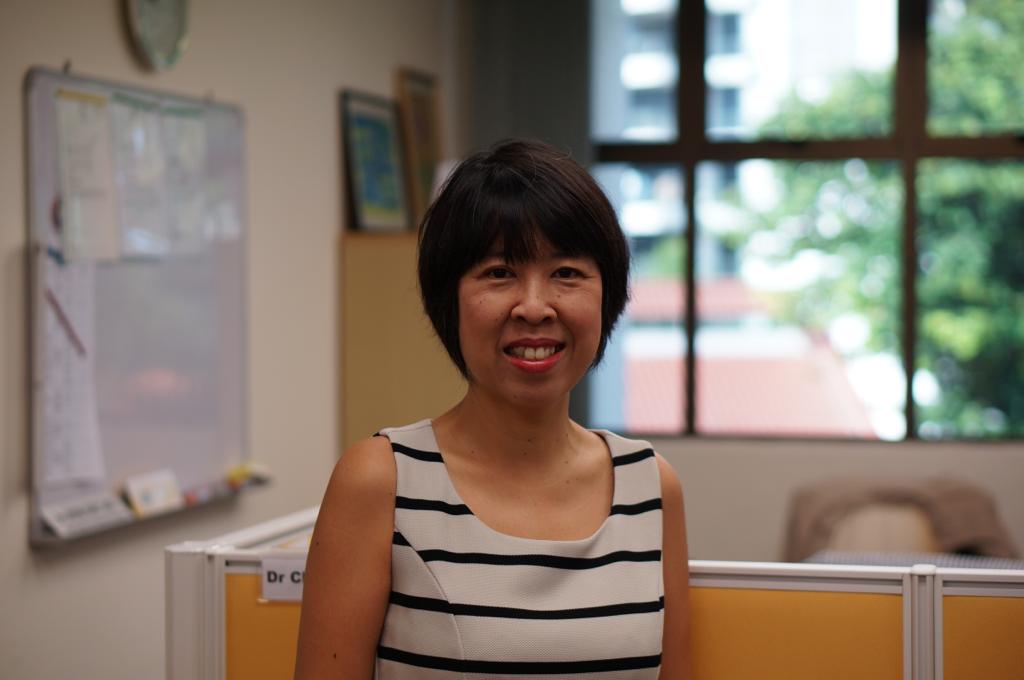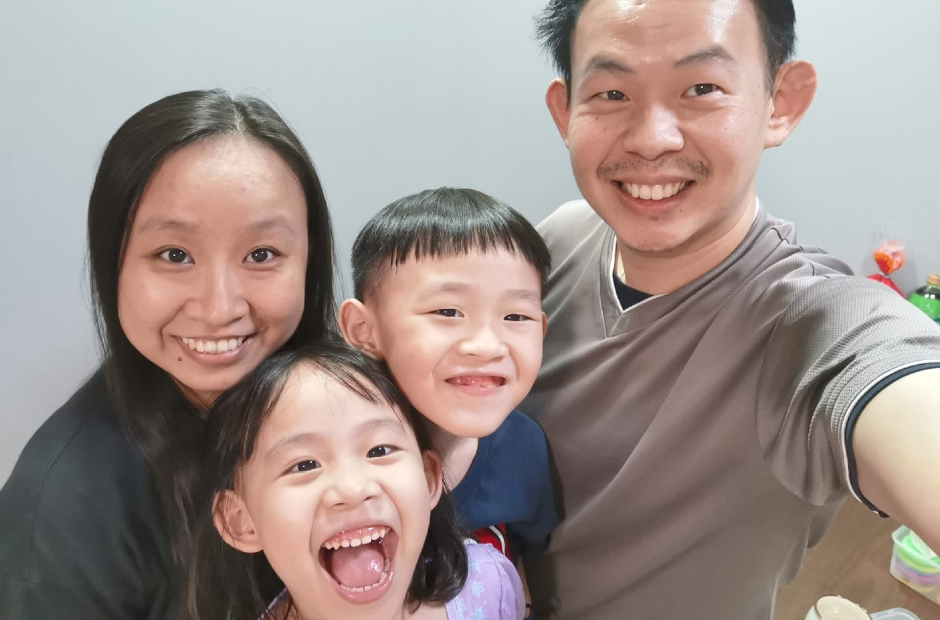When a friend of Dr Chong Suet Ling heard positive reviews about Grace Orchard School, she was drawn to it and wanted to enrol her child, who has cerebral palsy and intellectual disability there.
Dr Chong, an educational psychologist, agreed with her friend that it was a good school. But she advised her friend to find out about other schools and consider a school that was the best fit for the disability profile of the child.
Grace Orchard School caters to children with mild intellectual disability. A school that caters to physical and multiple disabilities, such as CPASS, Rainbow Centre or AWWA School, for instance, would in fact be a better match.
“The school may not have been the most appropriate choice for her son who has cerebral palsy, as it does not cater to children with physical disabilities,” said Dr Chong, who works at the Special Educational Needs Division at the Ministry of Education (MOE).
Her personal encounter highlights a problem many parents of children with special needs face: the mismatch between the child’s disability profile and the school.
She recommends that parents find a special education school that caters to their child’s disability profile, as a mismatch could be less effective for the child’s development.
A holistic curriculum in every school
Parents should know that there is a holistic curriculum in every school to suit the child’s specific profile. They will get to access academic opportunities, develop important lifeskills, social and emotional skills, build talents in arts and sports, and acquire work skills in order to lead meaningful lives, Dr Chong said.
For the past seven years, she has been working with 19 special education schools in Singapore to implement a holistic and customised curriculum for students with a range of disabilities.
One unique aspect of the curriculum framework, which started in 2012, is that it supports schools to implement vocational education, preparing and training students to transit successfully from school to work.
“We introduce students to the world of work by building in authentic work experience within the school curriculum, so they can incrementally gain exposure to real work settings and be ready to take on jobs,” she explained.
“They start off with school-based jobs, such as working in the canteen, school garden, or doing filing work in the office. Slowly, they progress to working in the community.”
Metta School, for instance, has its own café on campus that is open to public. The café trains students with special needs.
“This builds their soft skills, like communicating and interacting with others, and also helps the students identify their interests, preferences and strengths. Some may like working with people, for example, or some are better at using tools,” Dr Chong noted.
Today, 16 special education schools for secondary aged students have vocational education in the curriculum. And there are positive results.
“We are seeing the outcomes of it. Employers are hiring the students. They are in a range of jobs – in hotels, hospitals, homes, F and B, and retail outlets,” she said.
Despite these successes and curriculum changes, there is still a general lack of awareness about special education schools. To find out more, Dr Chong advised parents to visit the open houses at special education schools.
Mainstream schools vs. Special education schools
Another common problem arises when parents insist on a mainstream education for their child with more severe special needs, noted Dr Chong.
“This might not always be beneficial to their development. A child may require more individualised support and have other behavioural needs. But the child may not receive that level of resource and support in a mainstream school, and it may be a real struggle,” she stressed.
“It may negatively affect their confidence, self-worth or self-esteem.”
In fact, she has come across stories of children who turned around dramatically when they were switched to a special education school.
One example is Marissa, who transferred from a mainstream school to APSN Chaoyang School, which caters to children with mild intellectual disabilities. She has progressed well with renewed enthusiasm and sparkle. Marissa is very helpful and shows lots of initiative in class. For that reason, since Primary 3 last year, Marissa has been appointed junior prefect by her teachers. Chaoyang school will continue to develop Marissa’s talents and maximise her potential.”
Removing the stigma of special education
With the curriculum changes, Dr Chong hopes that the stigma of putting a child in a special education school will also be slowly eradicated.
For one thing, parents still have anxieties and are generally reluctant to place their child in a special education school.
“Parents may have a misinformed conception of what the curriculum is. They may be afraid that their child may not be mixing with regular peers and that this would affect their development,” she said.
But these doubts are unfounded. The curriculum in special education schools offer opportunities for students to develop – in lifeskills, academic skills and vocational training, and to interact with mainstream peers through partnerships with mainstream schools.
A leap from the past
This improvement in special education is a marked change from the past, when the curriculum across the special education schools was highly diverse and uneven.
Run by different voluntary welfare organisations, the schools did not have a central guiding framework. The emphasis on care for the students sometimes took precedence over educational outcomes.
“There was less emphasis on education previously, or the outcomes expected from the students,” Dr Chong said.
“The general expectation was that many of the children would end up staying at home and their families would look after them.”
But that has changed, and the curriculum in special education schools is yielding positive outcomes. Students have not only shown work capabilities, but also exceptional talent in visual and performing arts and sports.
One example is Pathlight School student See Toh Sheng Jie, who designed a dinosaur-motif pouch. His creation made headlines when Ms Ho Ching, wife of Prime Minister Lee Hsien Loong, carried the pouch to the White House during an official visit in 2016.
Another example is Priyadashani Jeyabalan. Active in sports since her secondary school days in Grace Orchard School, the young athlete represented Singapore in the 3rd Asian Youth Para Games in Dubai last year (2017) and won a bronze medal in the shot put female event.
“The biggest learning point for us is that we should never place any limits on children with special needs,” said Dr Chong.
“They are equally capable and have gifts and talents. They have dreams and aspirations, and they have surpassed our expectations of them when we believe in them. The curriculum in special education schools will help them attain their potential.”






